1181
Carnival of Cultures in Berlin at Whitsun
Every year at Whitsun in Berlin, an annual event - a carnival of cultures.
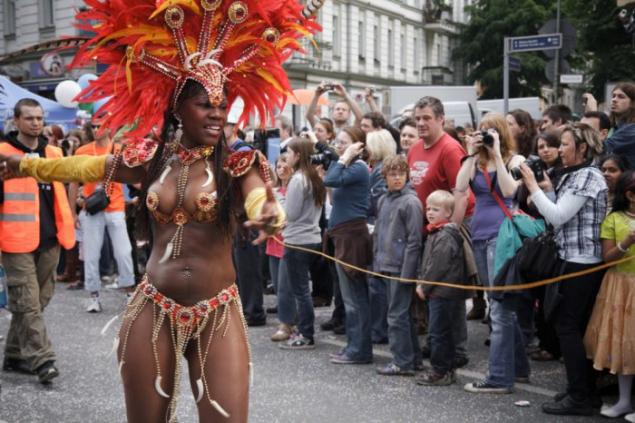
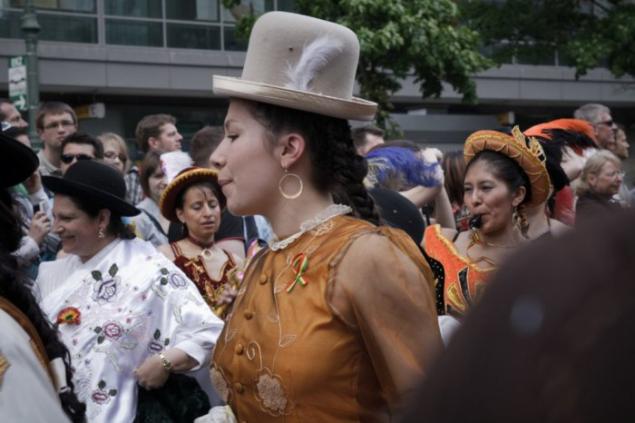
The "Carnival of Cultures" will be developed on the basis of growing internationalism of Berlin.
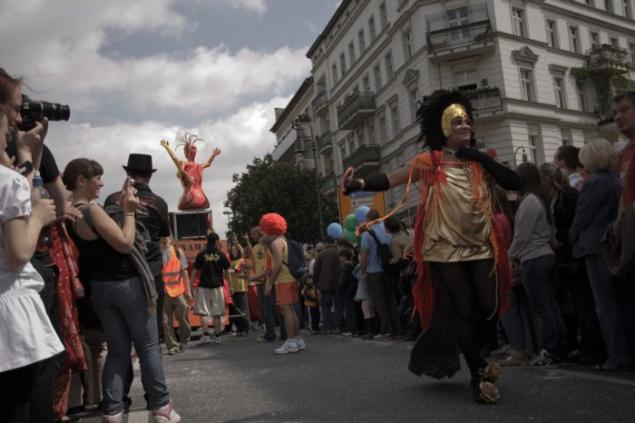
As the city with the largest number of foreigners (about 440 000) Germany, Berlin, the role of "integration workshop».
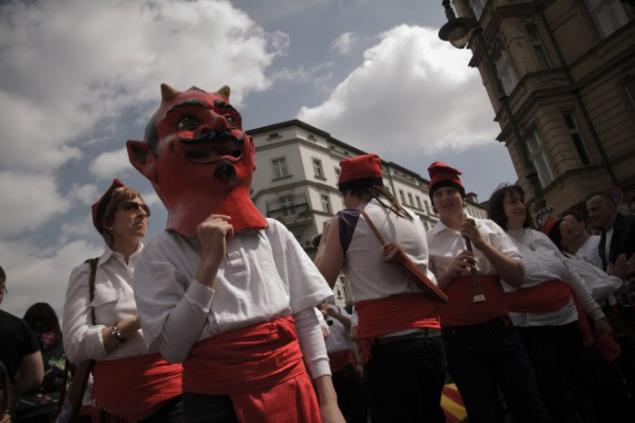
Workshop of Cultures, opened in 1993 - the organizer of the carnival of cultures - a place where there are people of different nationalities, cultures and religions.
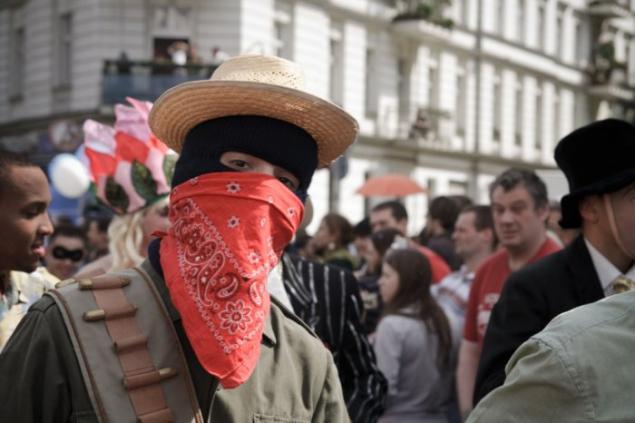
"Here the idea to organize the Carnival of Cultures". In the photo: Bandit Bolivia.
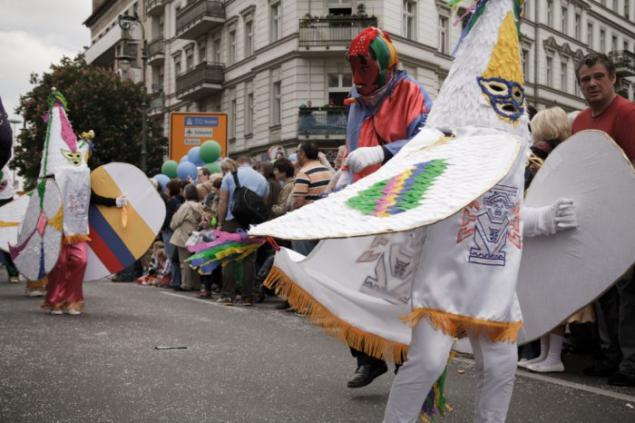
The Berlin Carnival of Cultures become on a par with the youngest carnivals in Europe, such as the Notting Hill Carnival in London and Rotterdam Summer Carnival (Rotterdamer Zomercarnaval).
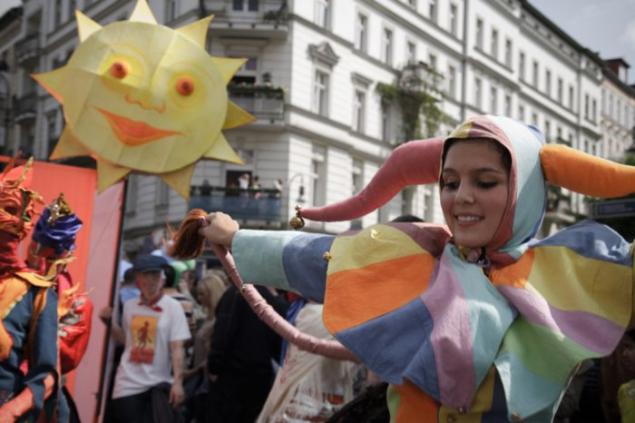
The idea of the Carnival in Berlin, appeared in 1995. The aim is to present the cultural and ethnic diversity of the city.
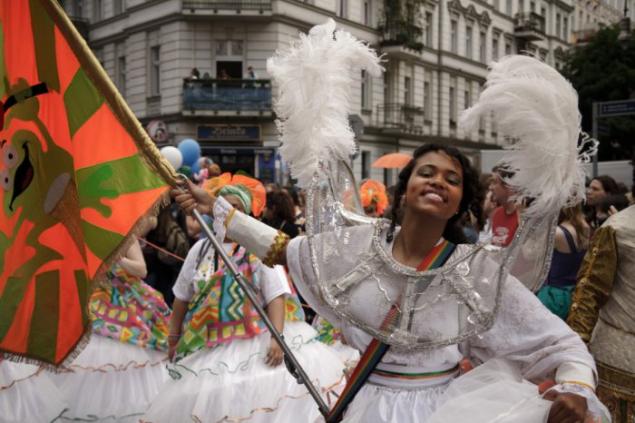
After German unification in society emerged a lot of social problems, which were caused by the difference in mentality and standard of living in East and West Germany. All this is reflected in the attitude towards immigrants, has formed a negative image of their reprehensible and intensity inter-ethnic relations.
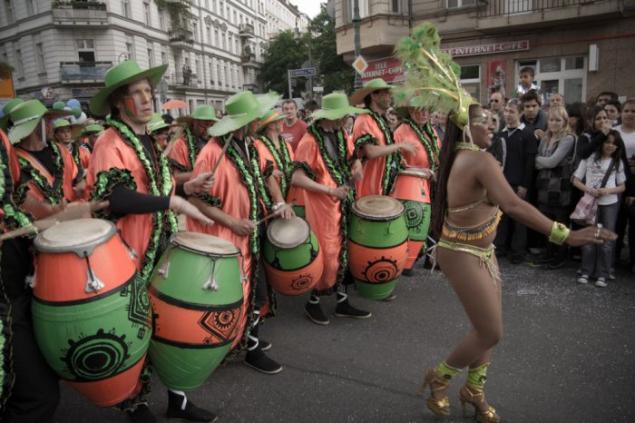
At the same time, the image of a "free city" has attracted the attention of the actors and other artists from around the world, who have always found support here and feel comfortable, and after the fall of the Berlin Wall, the cultural life of the new-old capital blossomed even more rapid color. < br />
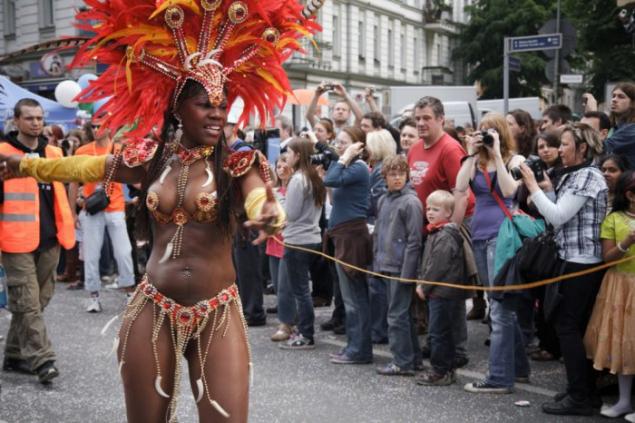
First the Berlin Carnival of Cultures was prepared for just 6 months and passed on May 16, 1996, brought together about 50 000 participants.
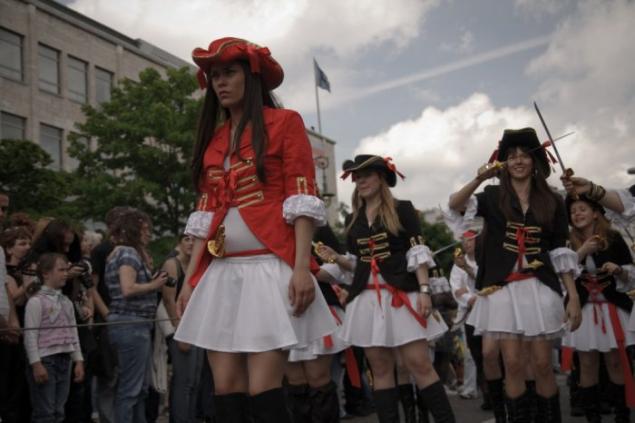
Over the past 10 years the number of visitors and participants soared. In 2005, 1.5 million visited the carnival guests, who were entertained by 4,500 professional artists and amateurs.
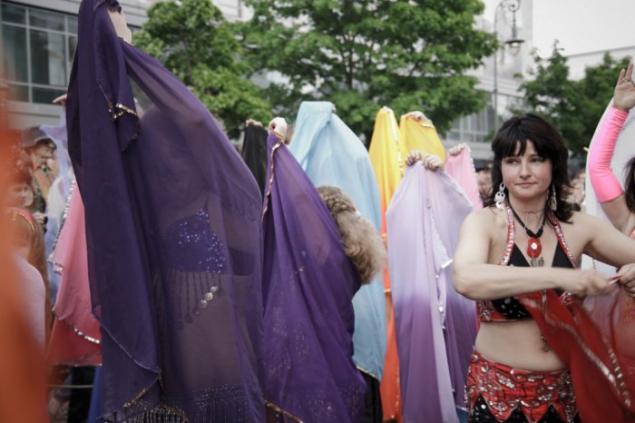
It is believed that Carnival helps strengthen cultural relations between different ethnic groups, and also helps to assess the contribution of immigrants to the cultural life of the capital.
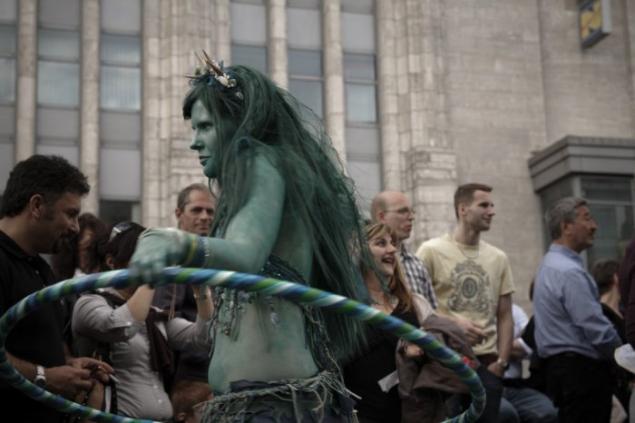
Previous attempts to organize a holiday on the basis of the carnival in Rio de Janeiro, or Notting Hill Carnival in London, were unsuccessful.
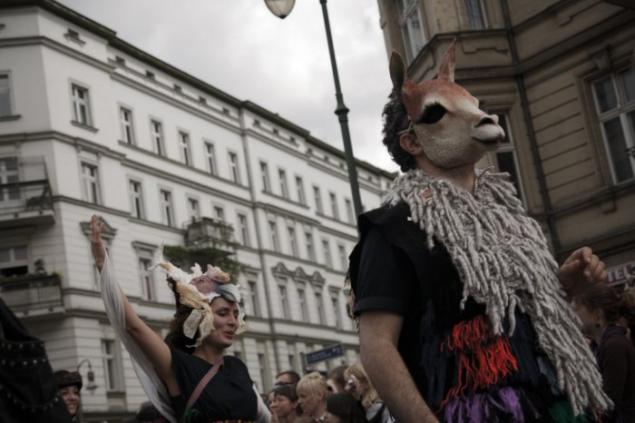
The most successful was the idea of organizing a holiday with a focus on the cultural diversity of Berlin.
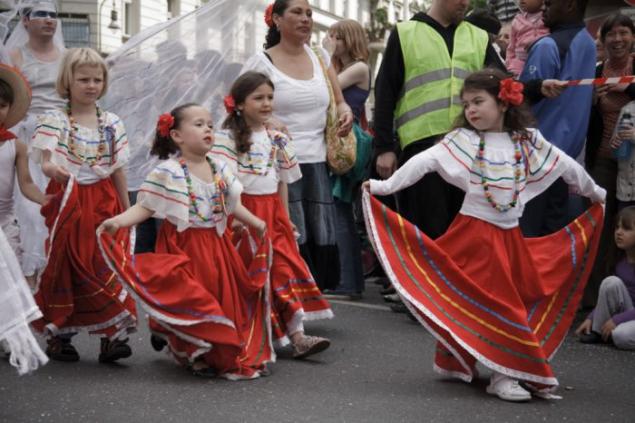
Carnival is, meanwhile, one of a kind because of the number of people of different nationalities and a wide cultural spectrum of its actors.
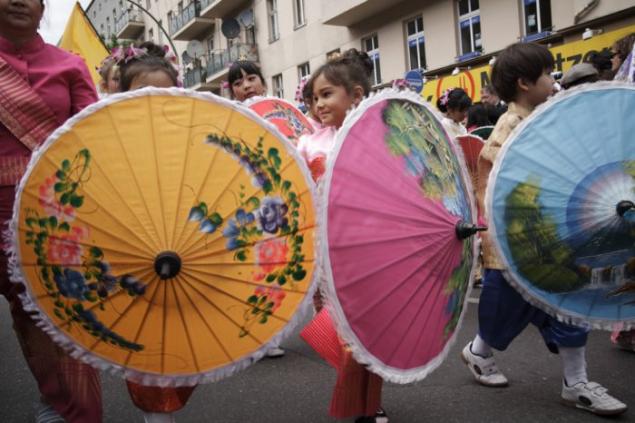
The street performances attended by 1, 5 million visitors.


The "Carnival of Cultures" will be developed on the basis of growing internationalism of Berlin.

As the city with the largest number of foreigners (about 440 000) Germany, Berlin, the role of "integration workshop».

Workshop of Cultures, opened in 1993 - the organizer of the carnival of cultures - a place where there are people of different nationalities, cultures and religions.

"Here the idea to organize the Carnival of Cultures". In the photo: Bandit Bolivia.

The Berlin Carnival of Cultures become on a par with the youngest carnivals in Europe, such as the Notting Hill Carnival in London and Rotterdam Summer Carnival (Rotterdamer Zomercarnaval).

The idea of the Carnival in Berlin, appeared in 1995. The aim is to present the cultural and ethnic diversity of the city.

After German unification in society emerged a lot of social problems, which were caused by the difference in mentality and standard of living in East and West Germany. All this is reflected in the attitude towards immigrants, has formed a negative image of their reprehensible and intensity inter-ethnic relations.

At the same time, the image of a "free city" has attracted the attention of the actors and other artists from around the world, who have always found support here and feel comfortable, and after the fall of the Berlin Wall, the cultural life of the new-old capital blossomed even more rapid color. < br />

First the Berlin Carnival of Cultures was prepared for just 6 months and passed on May 16, 1996, brought together about 50 000 participants.

Over the past 10 years the number of visitors and participants soared. In 2005, 1.5 million visited the carnival guests, who were entertained by 4,500 professional artists and amateurs.

It is believed that Carnival helps strengthen cultural relations between different ethnic groups, and also helps to assess the contribution of immigrants to the cultural life of the capital.

Previous attempts to organize a holiday on the basis of the carnival in Rio de Janeiro, or Notting Hill Carnival in London, were unsuccessful.

The most successful was the idea of organizing a holiday with a focus on the cultural diversity of Berlin.

Carnival is, meanwhile, one of a kind because of the number of people of different nationalities and a wide cultural spectrum of its actors.

The street performances attended by 1, 5 million visitors.























